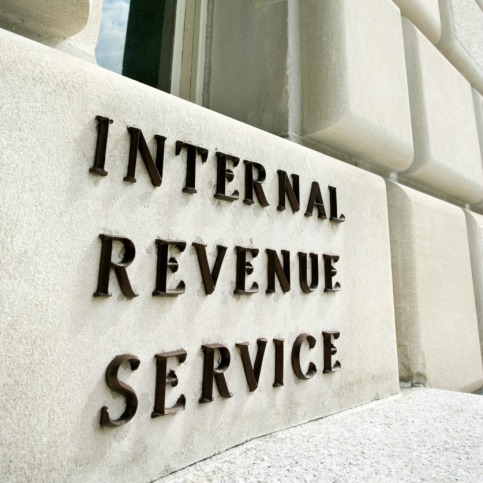 The U.S. Department of the Treasury is contemplating the release of additional guidance to further clarify requirements for the production tax credit (PTC). Speaking during the American Wind Energy Association's Finance and Investment Seminar on Sept. 10, a Treasury representative acknowledged the possibility of a second round of guidance.
The U.S. Department of the Treasury is contemplating the release of additional guidance to further clarify requirements for the production tax credit (PTC). Speaking during the American Wind Energy Association's Finance and Investment Seminar on Sept. 10, a Treasury representative acknowledged the possibility of a second round of guidance.
On April 15, the Treasury issued guidance to spell out the new rules pertaining to Section 45 D of the Internal Revenue Code. To qualify for the PTC, project developers must demonstrate work of a significant nature, incur 5% of the project's cost by Dec. 31 and ensure the wind farm is under continuous construction.
‘We received mostly positive feedback,’ Christopher Kelley, from the Treasury's Office of the Tax Legislative Counsel, told attendees via a conference call. Despite the instructions, however, Kelley says the agency still receives numerous queries pertaining to certain elements, such as the continuous-efforts test and rules pertaining to ownership transfers to a strategic investor in an asset sale, a flip partnership in a tax equity transaction or to a lessor in a sale-leaseback.
‘Some ambiguity and lingering uncertainty [in the guidance] may be holding back the pace of development,’ he acknowledged, adding that additional guidance would help give project developers the needed certainty to begin and complete wind farms.
Although Kelley stopped short of specifics, he noted that if such guidance were published in mid-November, it would be too late to spur much in the way of equipment orders.
"I'm not in the prediction business,’ he said. ‘But sooner is better.’
Of course, there is a possibility that the agency will not issue guidance.
When prompted by session moderator Joe Mikrut of Capitol Tax Partners, Kelley hinted the guidance may contain information to further clarify acceptable delays, such as permitting setbacks or the pursuit of a power purchase agreement.
‘This is not an overly strict standard,’ Kelley explained, adding that the intent of the rule was to ensure that wind farm construction would not languish for years before completion. ‘We don't want a bunch of zombie projects out there.’
Notably, Kelley suggested that new guidance could include a placed-in-service date, which had been a central part of earlier PTC rules.
In theory, an end date for when projects must be completed would lessen questions surrounding the continuous-efforts test. The rationale is that if a wind developer met an in-service date, continuous efforts to build the wind farm would be assumed.
According to David Burton, tax partner at New York-based law firm Akin Gump Strauss Hauer & Feld, if the guidance includes a placed-in-service date, developers may be required to show a greater amount of qualified expenses for 2013.
‘Such certainty would mean that as long as placed-in-service was achieved by the stipulated date and the required level of expenses were incurred in 2013, developers and their investors would not have to wrestle with questions, such as how many days a pause in construction is permissible," Burton said.
Just the same, the government considered a placed-in-service rule when the PTC guidance was drafted earlier in the year. Ultimately, such a rule was not included in the instructions.
"We considered it originally,’ Kelley acknowledged. ‘But Congress had just taken it out.’



